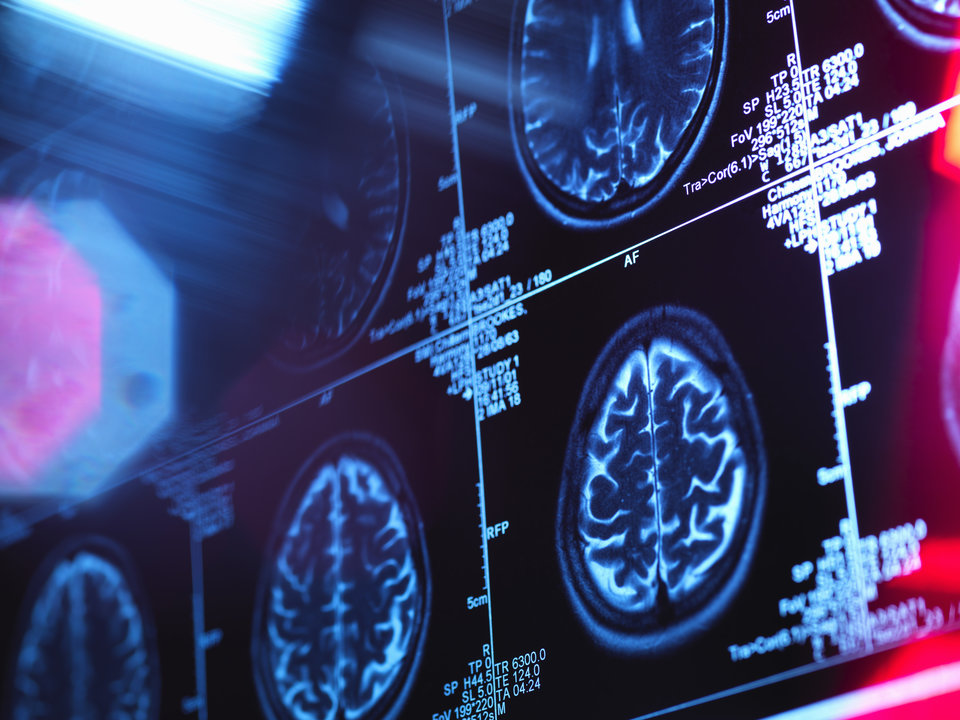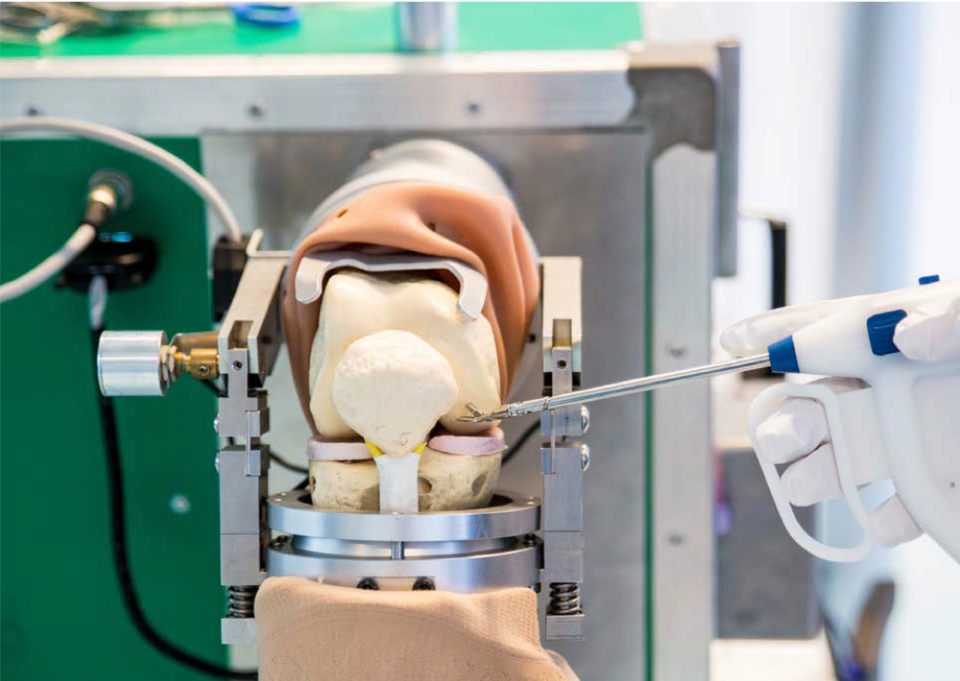NeuroTech
Brain disorders and disorders of the central and peripheral nervous system are becoming an increasing problem, not only to the patients suffering from them, but also to society at large. The projected percentage increase in the prevalence of disorders in the Netherlands between 2015 and 2040 amounts to 10% for epilepsy, 54% for stroke, 71% for Parkinson and 115% for dementia (including Alzheimer) (source: VWS). As a direct consequence, the healthcare costs are projected to grow from 8.7% (average 2006-2010) to 13.9% in 2030 (source: CBS). According to the OECD, “Emerging neurotechnologies offer great promise in diagnosis and therapy for healthy ageing and general human enhancement.”
Hence, now is the time for a coordinated effort to interconnect neuroscientists, engineers and clinicians who will collaborate closely to generate new neuroscientific, neuroengineering and neurotherapeutic insights (convergence approach).

Research theme leader
The NeuroTech theme focusses on 5 lines of research
Technology for neuroscientific exploration
To be able to interact with, viz. read, write, modulate and block neurons in the brain, with such a resolution in space (individual neurons among a population of more than 100,000 neurons or even the entire brain) and time (so as to determine the exact timing of these individual neurons), that comprehensive interaction with brain function becomes possible. The technology should be minimally invasive (hence small, fully implantable and compliant to the body), allow for free movement of the subject (animal or human) and thus be wireless. It should not require maintenance (and thus be batteryless) and last a lifetime to allow for longitudinal studies. It should seamlessly integrate with the brain and thus communicate with the brain in a natural, brain-like manner.
For in silico brain emulation, viz. understanding of brain behaviour by simulations based on biologically plausible models, providing insight from single-cell behaviour up to whole-brain network dynamics without the need for animal experiments. If brain function can be emulated in-silico accurately enough and in real time, it can lead to brain prosthetics and implants that can recover brain functionality lost due to diseases or accidents.
Technology for the prediction of neurodegenerative diseases
...such as Alzheimer's disease, Parkinson's disease, Huntington's disease, amyotrophic lateral sclerosis (ALS), frontotemporal dementia and the spinocerebellar ataxias by means of analysis of neurobiological data, particularly DNA, RNA, and protein sequences (neuro-bioinformatics)
Technology for neuro-diagnosis and –monitoring
... such as (4D) electro-encephalography, ultra-fast (functional) ultrasound, functional magnetic resonance imaging, but also tools for neuropsychology and neuromechanical models.
Technology for treatment
...such as Cochlear implants and retinal or visual cortical implants to restore lost senses, such as hearing and vision; or brain-machine interfaces to restore lost control, in case of locked-in syndrome; or brain on a chip to test the efficacy of pharmaceuticals or electroceuticals on ex-vivo nervous tissue or Induced pluripotent stem cell (iPSC) derived nervous tissue; or bioelectronic medicine to interact with the central, peripheral and visceral nervous system by means of focused ultrasound or electrical neuromodulation to treat Parkinson’s disease, epilepsy, migraine, atrial fibrillation, and suppress pain.
Technology for neuro-rehabilitation
...such as robotic assistive devices for the upper extremities and the lower extremities for motor (re-)learning, e.g., after stroke.
We will expand our interest and expertise towards network-based syndromes (such as epilepsy, migraine and autism) and will initiate projects and connect our ideas, also within the Medical Delta, to (inter)national initiatives such as NeuroTech.NL, NeuroLabNL (NWA Route). This includes projects in computational neuroscience and (neuro)data-science, towards biological and/or digital-twin models.
Projects examples for NeuroTech
News and stories
In five years’ time,
- We will be able to read the electronic signals generated by the body and thereby regain motor control. We will be able to create desired electrical activity and thereby give back senses. We will be able and to block undesired electrical activity and thereby reduce tremor, depression, migraine and (phantom) pain. The ultimate example of personal and biocompatible technology: it will be our electronic twin.
- We developed new neuroimaging and recording modalities and biomechanical/bioelectronic tools for quicker recovery after stroke and craniotomy. We developed tools/models for designing our biological twin, viz. a brain-on-a-chip, with “our” brain tissue, created out of induced pluripotent stem cells. With these, we will test the efficacy of pharmaceuticals and electroceuticals (prevention, monitoring personalized medicine).
- We developed tools and/or collected data contributing to our human twins, viz. patients with similar brain conditions and/or healthy individuals (healthy brain) e.g. through crowd science. We will better understand different conditions and healthy state, we will have better diagnostic (tools) and will be able to develop better therapies.
- We collected (a set of) data to design/feed our digital twin, viz. an expert system linked to our health records (age, behavioural patterns, changing living environment etc.). With these, we can predict which changes have which consequences for our brain.
Funding
There are numerous funding sources available for your research activity: from personal-, national- and international grants to funds for publishing and dissemination which are described in your grant proposal
If you are thinking of putting together a grant application, please get in touch with an ‘R&D subsidy advisor’ of the Innovation & Impact Centre as soon as possible via R&D Subsidies (Login with TUDelft NetID). The advisor can provide advice and assistance with the preparation of your proposal. The sooner you get in touch, the more they will be able to help. The Valorisation Centre provides TU Delft researchers help with the establishment of external contacts and the drawing up of contracts with third parties. It also provides trainings, meetings and workshops in research grants.
Facilities
TU Delft has many research facilities. Most of these facilities are accessible and available for externalusers: users from other departments, faculties, universities, colleges, but also from companies. Our facilities are an important element of the regional innovation ecosystem. By sharing research facilities with internal and external parties we stimulate cooperation and aim for new scientific and economic opportunities.













